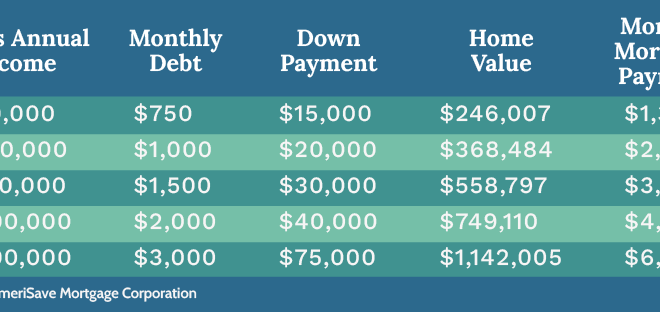How to Calculate Your ACT Score: A Comprehensive Guide

Introduction:
The ACT (American College Testing) is a standardized test used for college admissions in the United States. It measures students’ knowledge and skills in four subject areas: English, mathematics, reading, and science. To make the most out of your ACT preparation and performance, it is essential to understand how to calculate your composite score. In this article, we will walk you through the process of calculating your ACT score step-by-step.
Step 1: Understand the Scoring Range
Each section of the ACT has a scoring range of 1-36. Separately, the English and mathematics sections also have subscores ranging from 1 to 18. These subscores are combined to give a total score for that particular section.
Step 2: Calculate Your Raw Scores
Raw scores refer to the number of correct answers in each section. To calculate your raw scores, go through each of the four sections and count how many questions you answered correctly.
Step 3: Convert Raw Scores into Scaled Scores
The ACT uses a process called equating to ensure that scores remain consistent across different test dates and versions. This means that your raw scores will be converted into scaled scores using a conversion chart provided by the ACT on their official website or in their preparation materials.
Using the conversion chart for your test date, match your raw scores with their corresponding scaled scores for each section.
Step 4: Calculate Your Composite Score
Your composite score is simply the average of your scaled scores in all four sections (English, mathematics, reading, and science). Add up your scaled scores for all sections and divide by four. Round the result to the nearest whole number – this is your composite score.
For example, if your scaled scores are 28 (English), 30 (mathematics), 27 (reading), and 31 (science), your composite score would be:
(28 + 30 + 27 + 31) / 4 = 29
So, your composite ACT score is 29.
Step 5: Determine Your Percentile Rank
Your percentile rank lets you know how well you performed compared to other students who took the test. The ACT provides percentile ranks for each scaled score, enabling you to see where you stand among test-takers. To find your percentile rank, refer to the official percentile tables on the ACT website or in their preparation materials.
Conclusion:
Understanding how to calculate your ACT score is crucial for setting goals, tracking progress, and ultimately improving your chances of getting into your desired college or university. Familiarize yourself with the scoring system, use practice tests to see where you currently stand, and then develop a study plan tailored to your specific strengths and weaknesses. With hard work and focus, you can achieve the ACT score that will open doors to a bright future.






